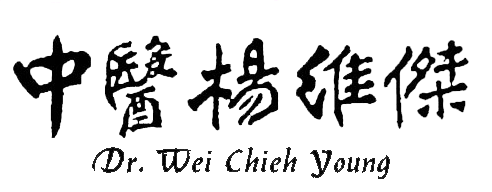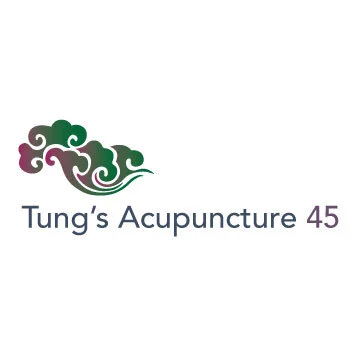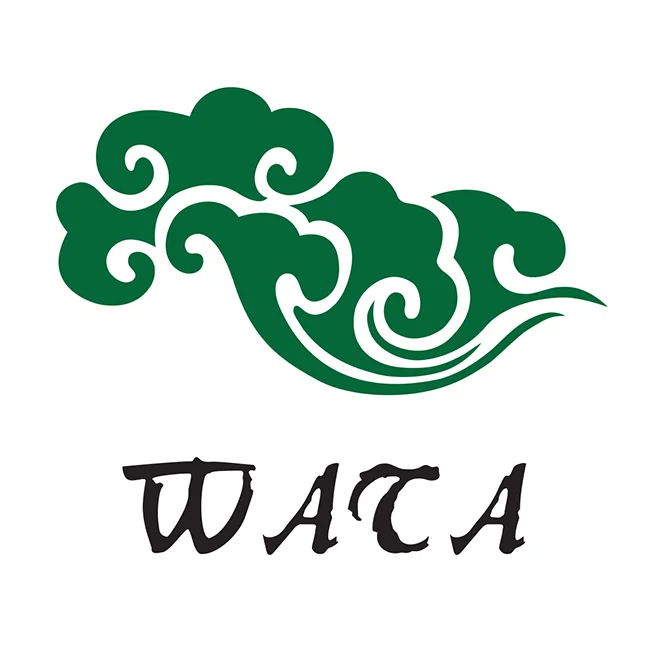Point selections based on Zang Fu Bei Tong is a very practical needling method. Previous discussions have talked about the point selection from single channel, such as LI 11 on the large intestine channel to treat dizziness or vertigo related to the liver channel; and PC6 on the pericardium channel to treat stomach disorders. However, the point combinations from mutually connected organs are more important and very often applied to clinical practice. Examples are as below.
1. Extraordinary connections of lung and urinary bladder: LU5 on the lung channel and BL40 on the bladder channel compose the “four flex pair 四彎配”, which is the most important point combination for blood-letting. It will treat many miscellaneous and difficult and complex diseases. Lung channel is good at treating skin disorders while BL40 on the bladder channel is good at treating boil and carbuncles. Blood-letting on BL40 and Zhiwu (11.26) point (on the lung channel) forms a great combination for various skin diseases. Those are the effective combination examples of the extraordinary connections of the lung and bladder.
2. Extraordinary connections of the spleen and small intestine: Shenguan (77.18), a point on the spleen channel, and SI3, a point on the small intestine, form the very effective combination for treating the frozen shoulder. Shenguan and Wanshuanyi (22.08) and Wanshuaner (22.09) form a good combination to expel dampness and effectively treat lumbago. Those are the examples of the extraordinary connections of the spleen and small intestine.
3. Extraordinary connection of kidney and Sanjiao: Song of Jade Dragon and Ode of Jade Dragon both indicate that SJ6 and KD6 combination is for treating constipation. Zhongzhu (SJ3) on the Sanjiao channel and Fuliu (KD7) on the kidney channel form a great combination in treating lumbago. Those are the examples of the extraordinary connection of the kidney and Sanjiao.
4. Extraordinary connection of the heart and gallbladder: Fengshi (GB31) on the gallbladder channel and Shaofu (HT8) on the heart channel form a very good combination in expelling wind and stopping itchiness. Qiaoyin (GB44) and Shenmen (HT7) form an effective combination on treating insomnia and dreamful sleep. Those are the examples of the extraordinary connection of the heart and gallbladder.
5. Extraordinary connection of stomach and pericardium: The combination of Neiguan (PC6) and Zusanli (ST36) effectively treats stomach, heart, lung organ diseases, and many internal diseases, for example: digestive, circulation and respiratory system disorders. The effectiveness is through the extraordinary connection of the pericardium and stomach. This point combination is the most commonly used one in regulating heart, stomach and respiratory systems.
6. Extraordinary connection of liver and large intestine: The combination of Hegu (LI4) and Taichong (LV3) is called “four gates” which not only good at treating nasal disease (Song of Point Applications for Miscellaneous Disease), but also treats many major diseases. It is particularly strong at sedating and also is the most commonly used point pair. Besides, Dajien (11.01), Xiaojien (11.02) and Dadun (LV1) form an effective combination in treating hernia and frontal and posterior yin diseases (genital and anus disorders). Those are the examples of the extraordinary connection of the liver and large intestine.











今年 2020 為 董公景昌博士逝世45週年,為紀念 董公傳授絕學之用心,讓董氏針灸更加發揚,特舉董景昌逝世四十五週年紀念學術大會。